What is the test method for the tear resistance of Cotton Bale Wrap Film
2025-05-29
Cotton Bale Wrap Film Tear Resistance Testing
-
1. Elmendorf Tear Test ASTM D1922 / ISO 6383-2
Procedure: Prepare a rectangular film sample with a standard width (e.g., 100 mm) and a pre-cut slit at the center. Clamp the sample in an Elmendorf tester, which uses a pendulum to swing and tear the film apart. The test records the maximum force or energy (in grams or joules) needed to propagate the tear through the film. Purpose: This method evaluates the film's resistance to sudden, sharp tears caused by impacts or rough handling.
-
2. Tongue Tear Test ASTM D2261 / ISO 13937-2
Procedure: Cut a trapezoidal-shaped sample with a central slit (resembling a "tongue"). Clamp the two ends of the trapezoid in a tensile testing machine and pull them apart at a constant speed. Measure the maximum force (in Newtons) required to tear the film completely. Purpose: It assesses the film's ability to resist tears that start from a small defect or stress concentration.
-
3. Initial Tear Resistance Test ASTM D1938
Procedure: Create a small notch or slit at the edge of a film sample. Use a tensile tester to apply force perpendicular to the notch until the tear starts. Record the initial force (in pounds or Newtons) needed to propagate the tear. Purpose: Useful for identifying films prone to tearing from minor scratches or edges during wrapping.
-
4. Impact Tear Test ASTM D5733
Procedure: A weighted pendulum or falling dart strikes a clamped film sample with a pre-cut slit. Measure the energy (in joules) absorbed by the film before tearing. Purpose: Ideal for testing films exposed to abrupt forces, such as when bales are dropped or jostled.
5. Considerations for Testing
Sample Preparation: Ensure samples are cut smoothly and stored at standard temperature (23°C ± 2°C) and humidity (50% ± 5%) to avoid environmental bias.
Test Standards: Follow industry-specific guidelines (e.g., ASTM for North America, ISO for international use) to ensure consistency and comparability.
Key Metrics: Report results as peak force, energy absorbed, or tear propagation speed, depending on the test method.
Test Standards: Follow industry-specific guidelines (e.g., ASTM for North America, ISO for international use) to ensure consistency and comparability.
Key Metrics: Report results as peak force, energy absorbed, or tear propagation speed, depending on the test method.
You Might Also Like
-
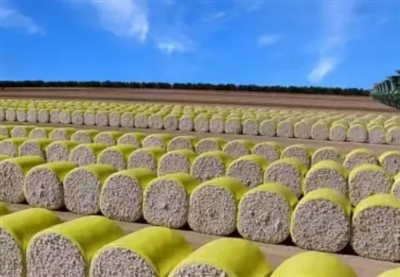
what are the advantages of cotton packaging film
-
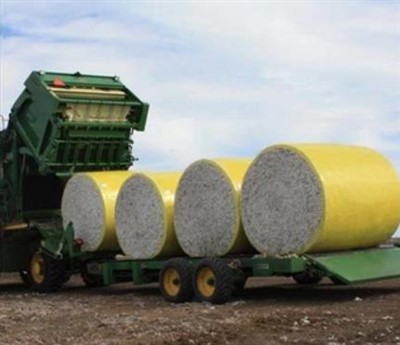
The Advantages of Cotton Wrap Film
-
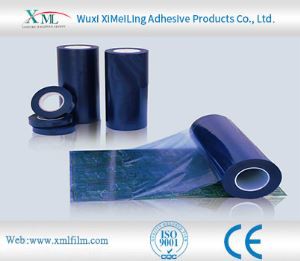
How does pe protective film cope with high temperature environment
-
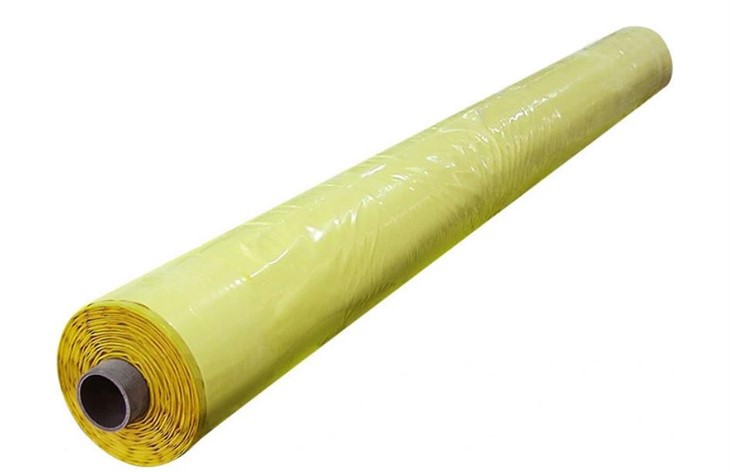
Advantages of Cotton Bale Wrap Film
-
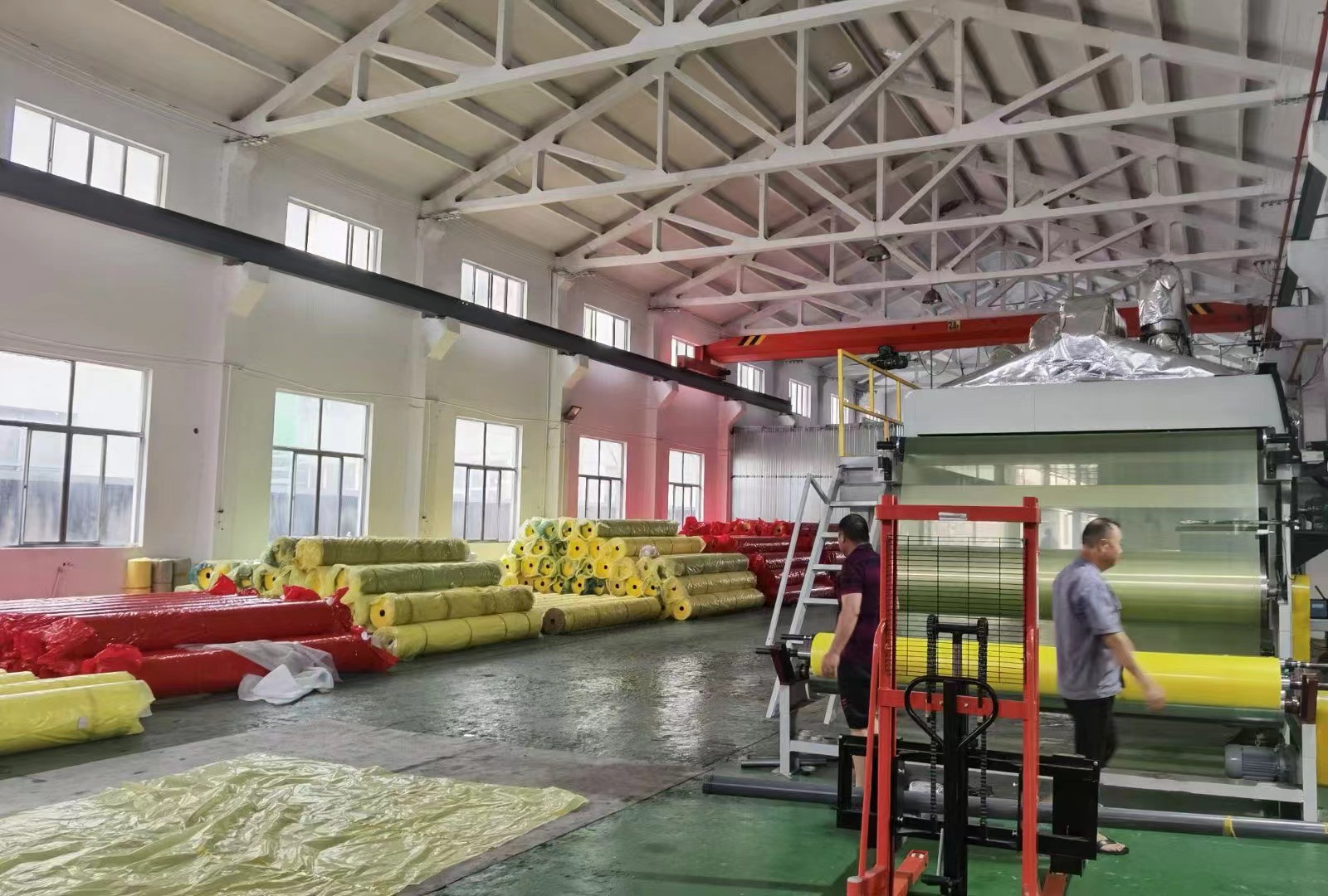
Storage method of cotton bale wrap film
-

How Polyethylene Packaging Material Copes with High Temperature Environment
